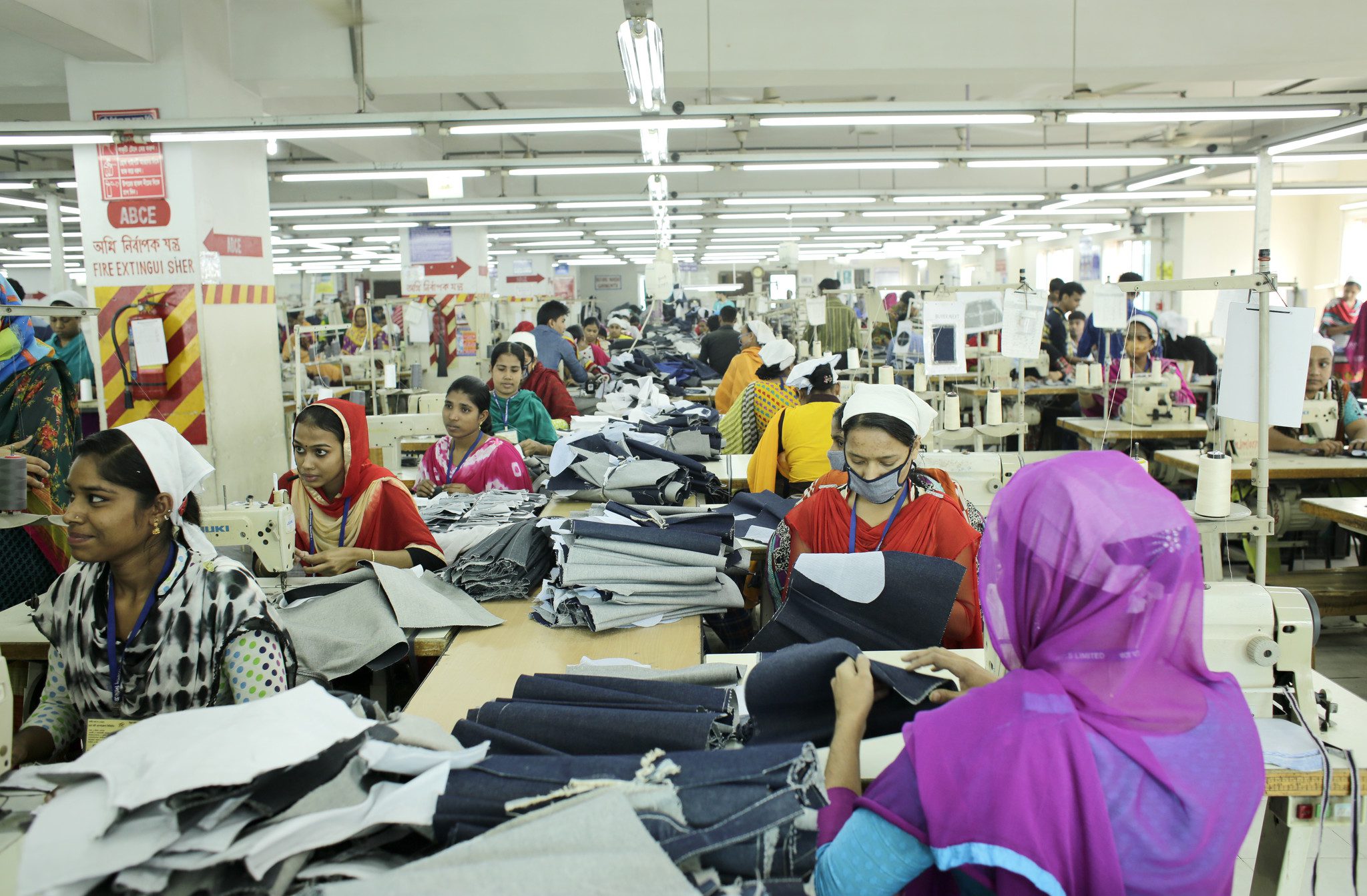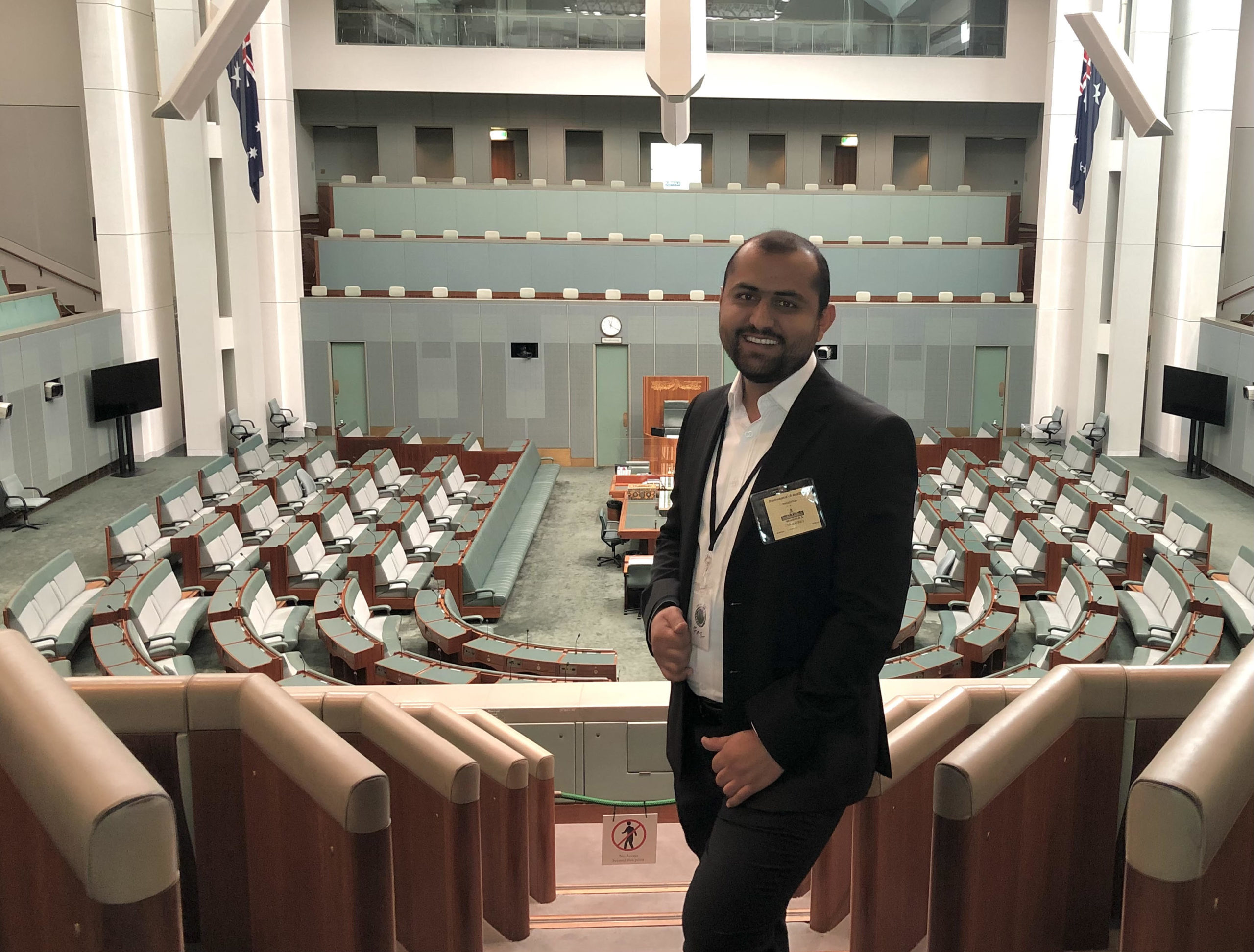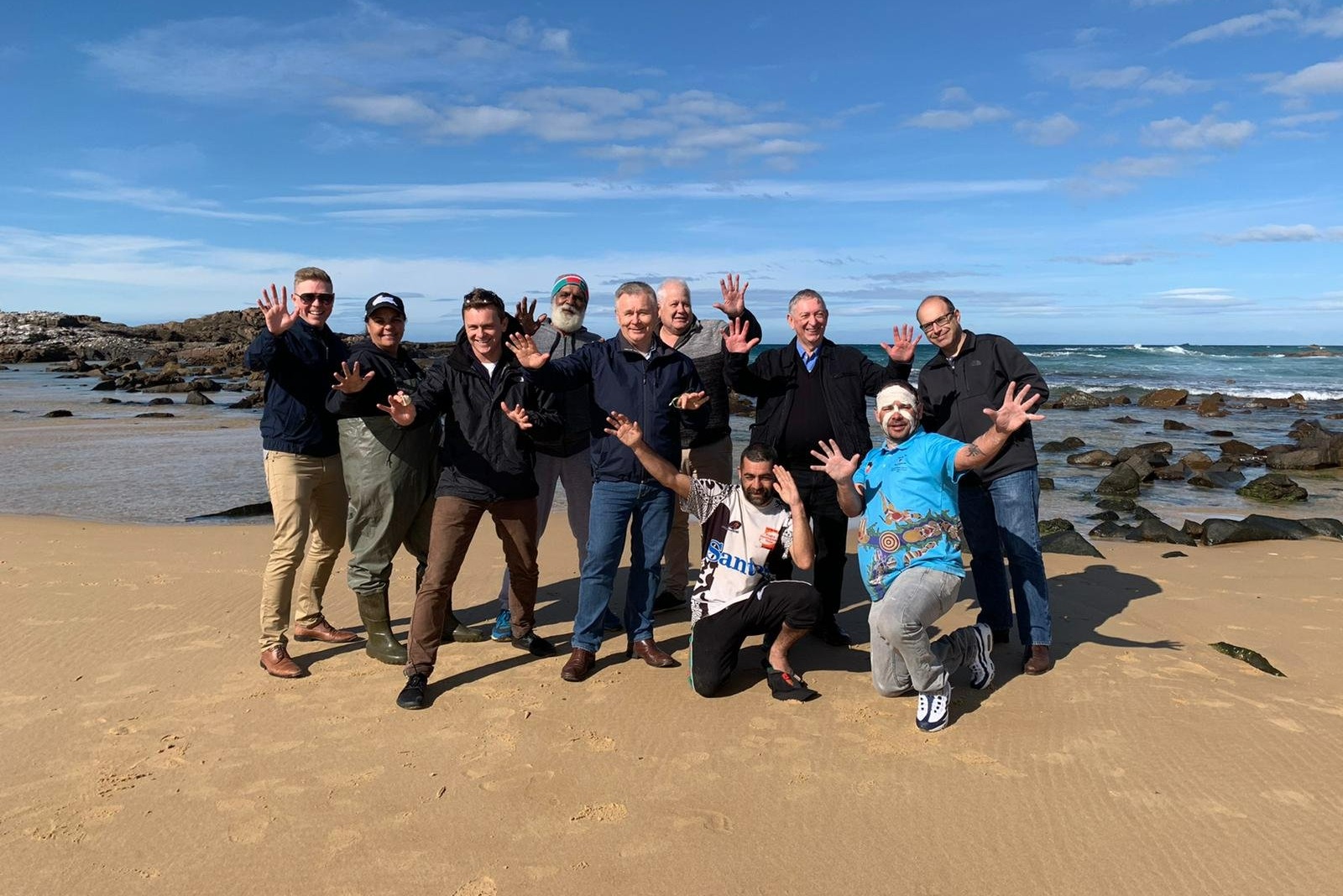For months after the collapse of the Rana Plaza building in Bangladesh in 2013, families, friends, survivors, unions and NGOs picked through the rubble. Long after they stopped looking for survivors, these people who had suffered immense loss kept searching. They were looking for brand labels sewn in to the clothes. It was one of the only ways to determine which clothing companies used the factories, because some clothing companies certainly weren’t owning up to it.
This isn’t an isolated story: there have been many smaller fires and collapses of factories in countries like Bangladesh and India where many of our clothes are made. In July 2017, a boiler exploded in a factory outside Dhaka, Bangladesh, killing 13 and injuring more than 50 people.
But again, often nobody knows if their clothes were made by workers in those factories because many brands can (and do) shirk responsibility, hiding the names of the factories they use.
Supply chain transparency requires brands to publish key information about the factories it uses to make its garments.
Last year, our annual ‘Naughty and Nice’ list, released in time for Christmas shopping, focussed on transparency. Brands that had taken steps to publish name and locations of at least 70% of their supplier factories; or factories supplying 80% of their total import appeared on the ‘nice’ side. Those brands that kept their factory locations hidden were on the ‘naughty’ list. Three brands remain ‘naughty’ – Just Group (Just Jeans, Peter Alexander,) Factory X (Gorman, Dangerfield) and Best & Less.
We know transparency in itself doesn’t automatically equal fair treatment of workers. All of those on our ‘nice’ list still have steps to take to improve the rights of workers across their supply chains.
So why are we using transparency and saying companies are ‘nice’, when that doesn’t necessarily mean they’re fully ethical?
Because transparency is a foundation for ethical supply chains and fair treatment of workers. It’s a key stepping stone in the journey that these brands must take, and those that have taken that step have started the journey. Those that have refused to release the names of the factories they use have in turn refused to begin this journey.
Independent scrutiny is a vital weapon in the fight to bring fairness to garment workers around the world. Without it, it’s incredibly difficult for workers, unions and others to know which companies to raise problems with and get them fixed.
In other words, the knowledge contained in factory lists equals power for the people who make our clothes. The power to independently check conditions in factories and to raise concerns. The power to know where to go to fix a problem, straight away.
In the same week Oxfam released our ‘Naughty and Nice’ List in 2016, the Clean Clothes Campaign released a detailed study that showed just how powerful transparency can be. They found that the company-controlled Alliance on Worker Safety, which refuses to publish the same transparent information about factories as the stronger Bangladesh Fire and Building Safety Accord, had fallen behind on safety standards and was telling a few porkies about the true extent of their success. Transparency is crucial to really hold companies to account.
We are asking for transparency as an essential precondition to companies, and the brands they own, becoming more ethical in the way they treat the people – mostly women – who make their clothes.
But surely companies know where they get their clothes from, right?
Actually, you’d probably be very surprised at how often companies just don’t know about the factories where their clothes are made. Remember Rip Curl, last year? They claimed they didn’t know where their sub-contractor was making their clothes.
By asking companies to be transparent about their supplier lists, we are first requiring them to actually know this information, and then to make it public.
Some companies of course do know where their factories are but they still need to make these lists public.
So, why are we requiring them to make the information public? Isn’t it enough that the companies know, and they can prove this by sharing the information with Oxfam?
No, it’s not enough.
Being ethical is really being accountable for your actions and the impact they have on others. For clothing companies, that means being accountable to the people who make their clothes and to the people who buy their clothes – you.
If a company is not transparent about where they source their clothes from, then there is no real way to know whether workers are being treated well.
So, publishing suppliers and factory lists is a crucial step in the right direction, a sign of commitment to be open, to positively accept criticism and really deal with problems – out in the public – when they arise.
We know from experience that a company publishing this information means that the people who make their clothes and advocates for those people are more able to raise issues around safety, conditions and pay directly with the company when these issues aren’t being properly addressed at the factory level.
So, no, it’s good enough for a company just to hold the information to themselves or to share it privately with individual groups. In order for a company to move toward being truly ethical – truly accountable to those who make and buy their clothes – they must become transparent.
Oxfam is in this for the long game – and we need you to help us keep pushing for change. .
There are millions of women sitting at the bottom of the supply chains of the multi-billion dollar fashion industry, regularly working well over 11 hours a day, six days a week and earning nowhere near enough to properly clothe, house and feed themselves and their families.
Already, with your support Oxfam has helped to stop companies from using dangerous sand-blasting when they make clothes. Together, we have made most of the big names in Australian Fashion join the strong Bangladesh Fire and Building Safety Accord that allows workers to do independent safety checks.
Now, we are asking you to join us on getting brands to take the next step: being transparent instead of hiding where they make their clothes.
We aren’t going to stop here, either. Oxfam has already started to talk to companies about lifting wages, and publicly committing to put plans in place to make pay fair.
This post was originally published on November 30, 2016 and has been updated in August 2017.




